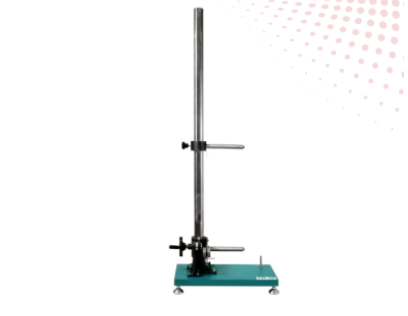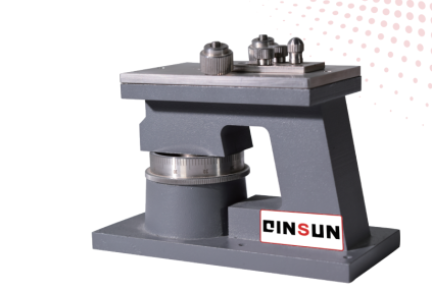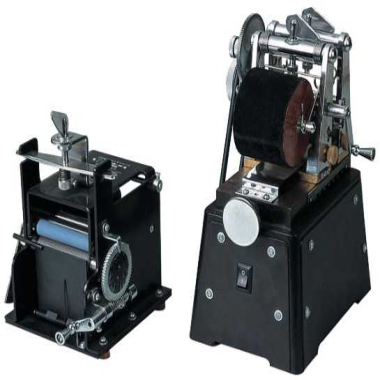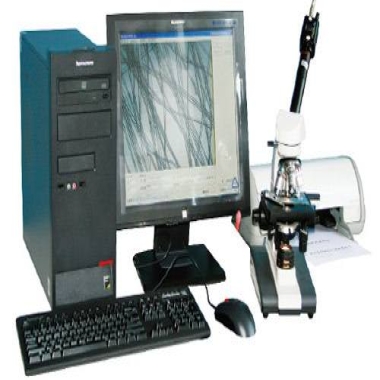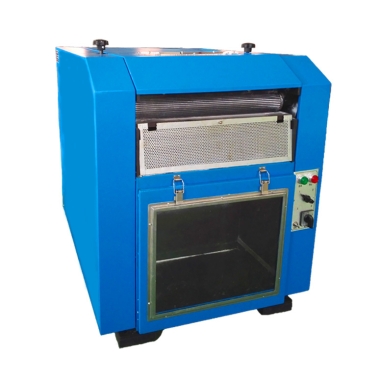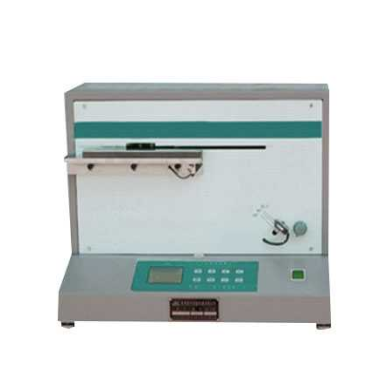Midsole Fibreboard Bending Test Machine
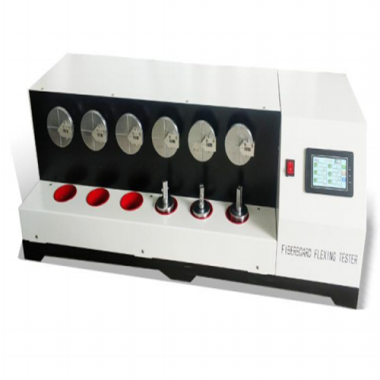
1. Product Introduction & Applications
The G664 Midsole Fibreboard Bending Test Machine is designed to evaluate the zigzag resistance and flexural durability of midsole fibreboard used in leather shoes, casual shoes, walking shoes, and other travel footwear.
The test principle involves fixing one end of the fibreboard sample in a fixture and attaching a weight to the other end. The sample is then continuously bent back and forth at 90° until failure. The number of cycles to break determines the flexion index, providing a quantitative basis for selecting and comparing midsole materials.
Applications:
Testing midsole fibreboard resistance to repeated bending and fatigue cracking
Quality control and R&D for footwear midsoles
Comparative evaluation of midsole materials for durability
Simulating real-world walking stress on midsole components
2. Conformity Standards
QB/T 1472 — Test methods for footwear components
BS 5131:4.2 — Standard for flexural testing of materials
SATRA TM3, PM4, PM5, PM6, PM15, PM16 — Footwear component testing protocols
QB/T 4329-2012 — Finished shoe performance testing standard
3. Technical Specifications
| Parameter | Specification |
|---|---|
| Number of Test Fixtures | 6 (simultaneous testing) |
| Test Piece Size | 80 × 10 mm |
| Reciprocating Bending Angle | 90° |
| Applied Weight (including clamp) | 2 ± 0.01 kg per station |
| Flexing Speed | 60 ± 10 r/min (variable frequency motor) |
| Cycle Counter | LCD display, 0–999,999 cycles (7 groups) |
| Sample Holder | Upper clip: 15 mm, Lower clip: 10 mm |
| Motor | Variable frequency motor |
| Machine Dimensions (W×D×H) | 109 × 26 × 34 cm |
| Power Supply | AC 220V, 3A |
4. Product Advantages
Measures Key Durability Property: Quantifies resistance of midsole fibreboard to repeated bending and fatigue cracking.
Standard Compliant: Meets national and international standards for fibreboard and footwear component testing.
Quantitative Results: Provides objective cycles-to-break measurements (flexion index) for material comparison.
Multiple Testing Stations: Allows simultaneous testing of six samples, improving efficiency.
Controllable Test Parameters: Precise control of bending angle, speed, and applied tension via adjustable weight.
Automatic Counting: LCD counters track cycles until sample failure for accurate record-keeping.
Precise Speed Control: Variable frequency motor ensures stable and accurate flexing speeds.
5. Product Features
Six independent test fixtures for simultaneous testing.
One end of each sample is fixed with a clamp; the other end is loaded with a weight.
Reciprocating bending mechanism applies 90° back-and-forth motion.
Adjustable flexing speed (60 ± 10 r/min) driven by a variable frequency motor.
LCD digital counters record cycles to break for each station.
Sample holders designed for 80 × 10 mm fibreboard test pieces.
Robust construction for repetitive fatigue testing and accurate measurement.
6. FAQ
Q1: How many samples can be tested at once?
A1: Six fibreboard samples can be tested simultaneously.
Q2: What is the size of the test pieces?
A2: 80 × 10 mm.
Q3: What is the reciprocating bending angle?
A3: 90° back-and-forth motion.
Q4: How is the applied tension controlled?
A4: Each sample is loaded with a 2 kg weight (including clamp) to provide consistent tension.
Q5: Can the flexing speed be adjusted?
A5: Yes, the variable frequency motor allows speed adjustment between 50–70 r/min.
Q6: How are the flexing cycles recorded?
A6: Each station has an LCD counter that tracks up to 999,999 cycles.
Leave Message Get Price



